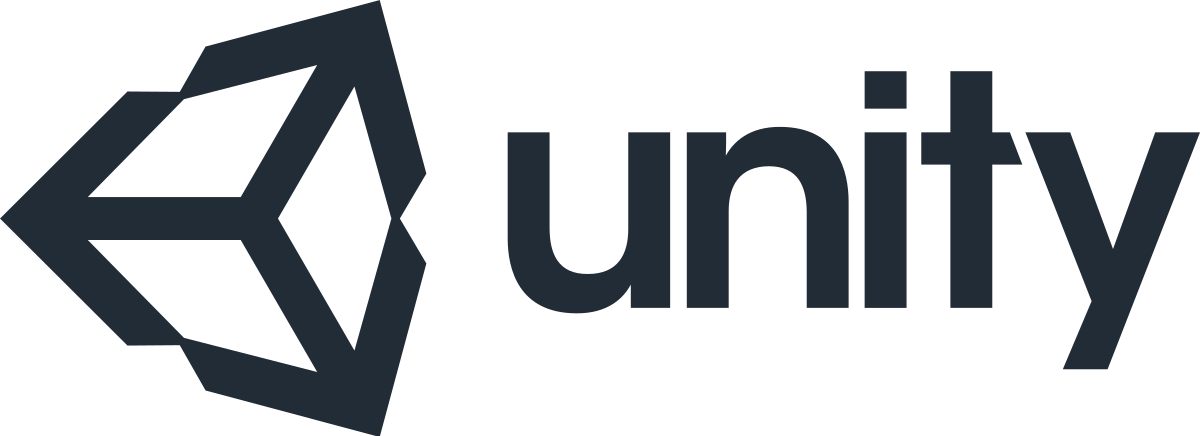Unity (Game Engine)

Unity is a multi-platform game engine produced by Unity Technologies used for designing game and simulation applications. The engine is commonly used for PC, mobile, and VR applications, however many different platforms can be exported to. The Makerspace has Unity installed on the desktop machines, due to their graphics capability increasing performance.
Setting Up Projects
In order to create an application using Unity, you must first create an account on their official website. Once you've done so, you may follow the steps specific to the application you will be creating.
Creating Project
To create a new project, first launch the Unity engine.
- If prompted, sign into your Unity account.
- At the top right corner of the projects window, click New to start a new project.
- Enter a new project name and change the project location if necessary. Specify whether the game is going to be two-dimensional (side scrolling games) or three-dimensional (i.e. FPS and VR games). Click the Create project button.
- Wait for the project to load initial libraries.
Opening Project
To open an existing project either from the disk or an external drive, first launch the Unity engine.
- If prompted, sign into your Unity account.
- At the top right corner of the projects window, click Open, and navigate to the directory containing your project
- Select the root folder of your project and click Select folder.
User Interface
Understanding the user interface (UI) can be difficult the first time. It is very important to fully grasp the layout and where all the key tools are located. The default layout has five major sections: Toolbar, Hierarchy, Inspector, View Ports, and Project Panel.
Toolbar

The toolbar is the uppermost element in every layout. It contains important tools such as the transform tools, orientation settings, and run buttons. Position, rotation, and scale can be found here, as well as the play button to test run projects.
Hierarchy

The hierarchy view is on the left side of the screen in the default view. It contains the hierarchy of GameObjects and their children, as well as the menu for creating and searching objects in the scene. The hierarchy also allows for 2D text and UI elements to be given an alignment order.
Inspector
The inspector is the right sidebar on the default view. It contains all detailed information and settings for components of selected GameObjects. The inspector sidebar also allows developers to disable and enable components as well as add them in directly from a list of built in and external scripts.


View Ports
The view ports are directly in the center of the screen and include a scene and game view which make creating and testing in 3D spaces much easier. The scene view allows the positioning and transformation of physical GameObjects via a 3D interface similar to most modern three dimensional software (such as Fusion 360, Solidworks, Blender, etc.). The game view is mainly used for seeing the point of view of different cameras in the scene during run-time.

Project Panel
The project panel contains all relevant files that exist in the Assets folder of the project. This is where imported game models and assets can be directly manipulated and edited. This view also allows searching and creating new GameObjects, UI, materials, or scenes that can be used during run-time.